DECEMBER 2019
ISSUE
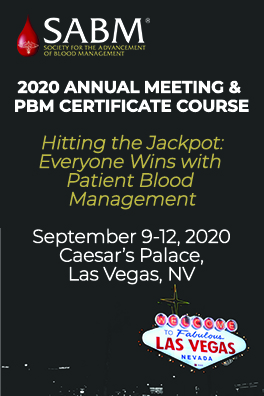
Please consider making a donation to your Society. Your donations will help us to improve the lives of people throughout the world through Patient Blood Management.
SABM 2019 Newsletter Publication
Editor: Kevin T. Wright
Associate Editor: Majed Refaai, MD
Christine Cahill, MS, BSN, RN
Mary Ann O'Brien, RN, MSN, CCRN, CNE
Contributors for This Issue
Eloa Adams, MD
Leon Binette, RN
Carolyn Burns, MD
Tiffany Hall, RN
Queeneth Kalu, MD
Sherri Ozawa, RN
Prakash Patel, MD
Becky Rock, RN
Stephanie Smith, RN
Nathaniel Usoro, MD
Sarah Walbolt, BSN, RN
Marketing
Carmen Melseth
SABM Officers and
Directors
© 2019 Society for the Advancement of Blood Management
350 Engle Street Englewood, NJ 07631 USA Phone: (928) 551-6400 Fax: (877) 944-2272 EMAIL: [email protected] |
Breaking Clinical News
SABM 2019 Annual Meeting: Saturday 9/21/2019
Hospital-Acquired Anemia: Epidemiology, Clinical Significance, and Management
Daryl J Kor, MD, MSc
On Saturday morning at the annual meeting, Dr. Daryl Kor spoke of the risky business of medicine. Adverse events occur in up to 4% of all hospitalizations, with 44,000-98,000 preventable deaths occurring annually in the US. Additionally more than $500 million wasted dollars are spent on overuse, duplications most often a result of poor communication. One such complication is hospital acquired anemia. In a study by Makam et al. (Makam AN, Nguyen OK, et al. J Hosp Med 2018) one third of hospitalizations (n=11,309) in which patients were admitted with normal hemoglobin levels ultimately developed some form of anemia ranging from mild to severe. This complication lead to an increased odds ratio for morbidity and mortality and longer length of stay. Additionally, this anemia frequently may linger beyond the hospitalization.
Prevention and some forethought are the keys to optimal outcomes. Hayden et al. (Hayden et al. Am J Resp Crit Care Med 2012; 185:1049) refer to several strategies such as; meticulous surgical technique, the use of antifibrinolytics, prothrombin complex concentrate, cell salvage, avoidance of unnecessary lab sampling and the use of small volume collection tubes to name a few. These strategies are also in line with the SABM guidelines for Patient Blood Management (PBM) programs as well as the pillars of PBM (Leahy et al. Transfusion 2017; 57(6):1347).
Lastly, Dr. Kor spoke of the safety and efficacy of oral iron, IV iron, and erythropoiesis stimulating agents (ESA). In most cases, IV iron proved more effective at increasing hemoglobin with a low risk of side effects (Sultan et al. Am J Obstet Gyn 2019; 221:19). Studies showed the use of ESA does not reduce the incidence of red-cell transfusion among critically ill patients, but it may reduce mortality in patients with trauma (Corwin et al. NEJM 2007; 357:965). In another study conducted in 2017, the administration of ESAs to critically ill trauma patients was associated with a significant improvement in mortality without an increase in the rate of deep venous thrombosis (French et al. Ann Surg 2017; 265:54). Further research is required to validate or refute these findings.
Contributor: Christine Cahill, MS, BSN, RN
View Bibliography
2019 SABM Scientific Abstract Session
Sponsored by the SABM Scientific Research Committee
Each year the SABM Research Committee reviews and accepts abstracts submitted for presentation at our annual scientific abstract session. This year we were excited and pleased to receive a substantial number of high-quality scientific abstracts. Each abstract is reviewed and scored by five members of the Research Committee. After a thorough review the abstracts which met our scientific standards were accepted for presentation at the annual meeting. The abstracts were categorized into one of several categories including clinical research, basic science research, quality and safety, and case series and reports.
After scoring every abstract the committee selects the top three for the oral platform session. This year included the following excellent presentations: Effect of Platelet Storage Duration on Clinical Outcomes and Incremental Platelet Change in Critically Ill Children by Dr Marianne Nellis; Effect of Red Blood Cell Transfusion on Clotting in Critically Ill Children by Dr Nathan Patterson; Do Hospitalized Females Tolerate Anemia Better than Males? by Dr Mereze Visagie MD. In addition to these excellent presentations the remainder of abstracts were presented at the poster sessions and published in the journal of Anesthesia and Analgesia.
The SABM Research Committee is committed to supporting scientific research as it relates to PBM. In a few short months we will again place a call for abstracts to be presented at the 2020 meeting. We look forward to the opportunity and anticipate another successful scientific session in Las Vegas!
Contributor: Eloa Adams MD
SABM Annual Meeting 2019: Breakout Session #6:
Iron Deficiency and Anemia in Pregnancy
Michael Auerbach, MD
Summary:
When considering the subject of anemia and iron deficiency, one would be hard-pressed to find a more knowledgeable expert than Dr. Michael Auerbach. Having heard him speak before, I attended his Breakout Session expecting an informative, engaging, and hard-hitting experience—and Dr. Auerbach didn’t disappoint.
Session attendees learned the various challenges surrounding ID and anemia in pregnancy including late or missed diagnosis, over-reliance on oral iron treatment (often inadequate & intolerable), under-use of IV iron (unfounded fear among prescribers of treatment reaction), and overall lack of understanding as to the significance of the problem.
Perhaps most compelling was hearing the impact of maternal ID and anemia on the newborn, where studies show negative cognitive impacts (e.g.: learning delay, poor memory, etc.) are still demonstrated up to 19 years after birth. Asking the audience, “Does this give you goosebumps? I’ve given this lecture many times and this gets me every time”, Dr. Auerbach emphasized the tragedy of a problem which, despite its massive impact, is so poorly regarded in obstetrical care guidelines.
Armed not just with the evidence, but a myriad of practical treatment applications, attendees left the breakout session informed, inspired and better equipped to tackle the issue of ID and anemia in pregnancy at their home institutions.
Contributor: Becky Rock RN, Alberta Health Services, Calgary, Alberta, Canada
|
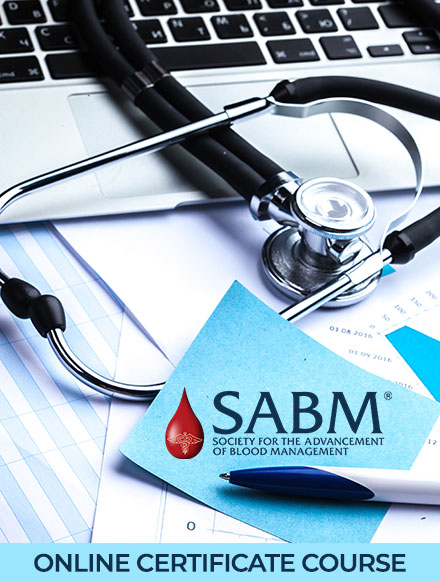
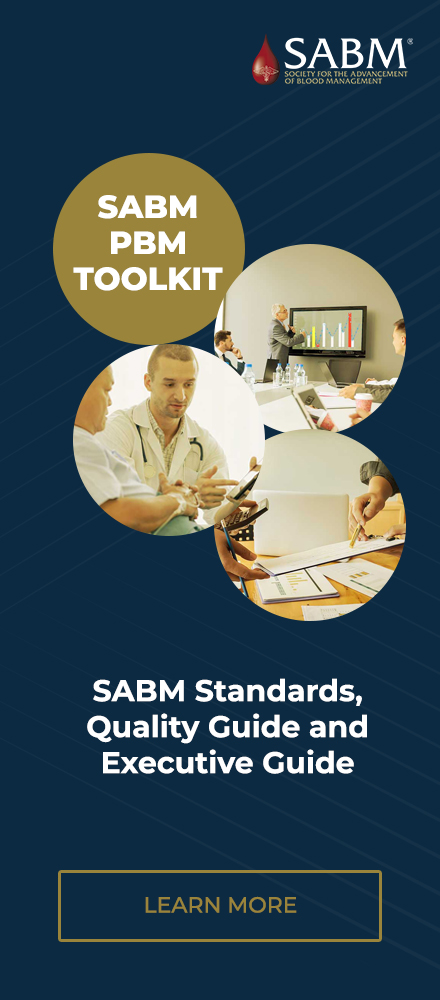
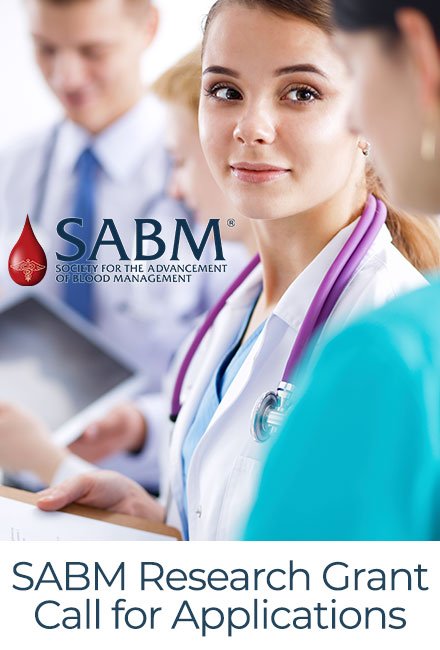
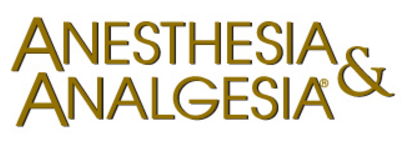
Consider submitting your future manuscripts in PBM for peer review and publication in this new section. The success of this endeavor will depend on the provision of material to make it lively and attractive to our colleagues and other professionals in the field.
Members Invited to Submit Papers CLICK HERE
|